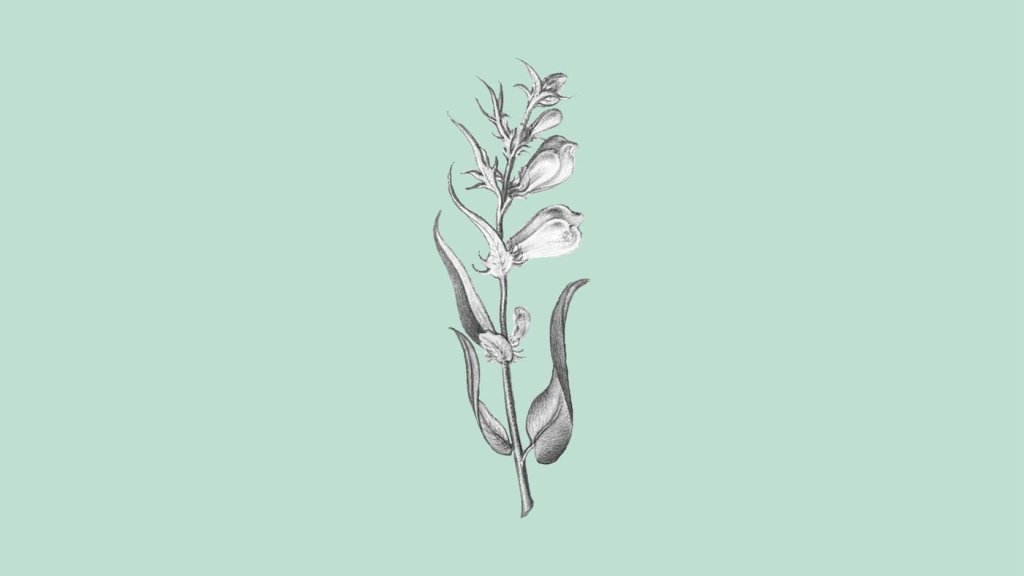Toadflax (Linaria vulgaris) is an erect perennial flowering plant belonging to the Plantaginaceae family. This wildflower is easy to identify thanks to its pale green leaves and yellow to orange snapdragon-like flowers that form a spiral. All parts of the plant are edible, from the roots to the leaves to the flowers.
Linaria Vulgaris Plant Profile
Although its scientific name is Linaria vulgaris, you may also know this wildflower by its more common names:
- The common toadflax
- Yellow toadflax
- Butter-and-eggs
- Simpler’s joy
Stems combine with a mechanism that allows the plant to colonize walls vertically reasonably quickly, making it easy for this plant to spread.
This plant can reach a good 1.5 feet in height but it will take 2 to 5 years. It thrives in well-drained soils with a P.H. level of neutral, alkaline, or acid. Loam or sand are usually perfect.
What Are You Foraging For Right Now?
We're thrilled to hear your ideas. What would you like to submit today? Feel free to share your thoughts and experiences with us.
If you want to grow Linaria vulgaris in your backyard, remember that USDA Hardiness zone 6 is the optimum growing location.
During its lengthy bloom time of early spring to mid-autumn, the foliage and pale yellow flowers on tall stems sprout in dense terminal racemes.
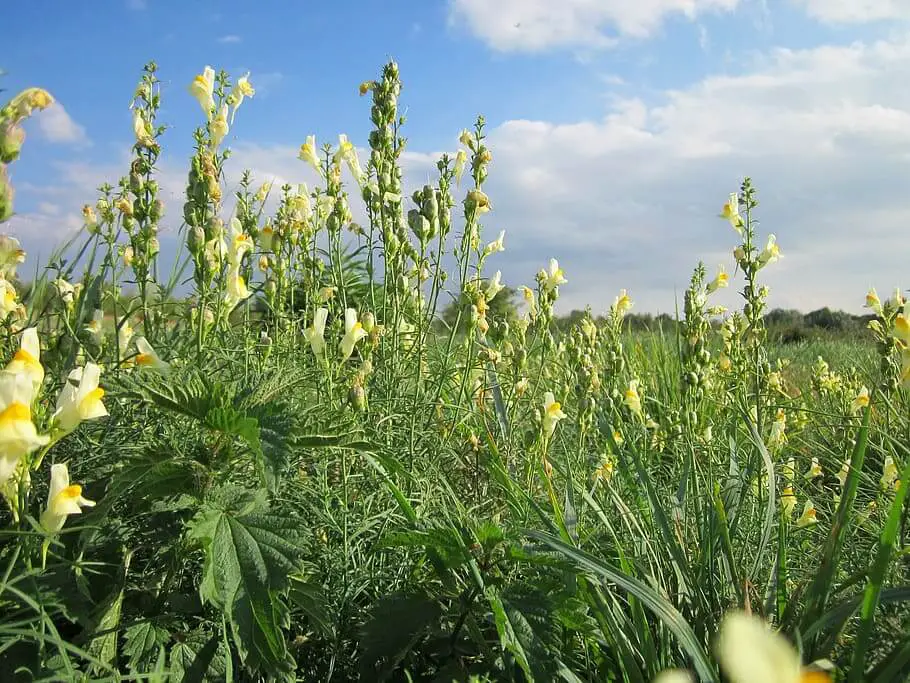
Is toadflax invasive?
Yellow toadflax (Linaria vulgaris) and the Dalmatian toadflax (Linaria dalmatica and Linaria genistifolia) are invasive in Colorado and other western states.
Where Does toadflax Grow?
As a native plant of Central Asia, Europe, and Siberia, you’ll most often find it growing in those locations.
However, the common toadflax has been cultivated and introduced to North America.
Watch out for Linaria vulgaris in its favorite spots, such as;
- Ruderal spots
- Roadsides
- Sand dunes
- On cultivated and distributed land
To thrive, this plant needs soil with good drainage. But, it is also adaptable to various other conditions and can handle poor soils, making it reasonably hardwearing.
Toadflax Identification
You can identify toadflax due to its partially erect and decumbent stems. This means it lays flat on the ground, turning upwards at the ends.
Tall but almost threadlike glaucous blue-green leaves and toadflax flowers similar to the snapdragon are the most prominent part of this wildflower.
Like the wild snapdragon, the flowers are long and pale yellow, apart from the lower tip, which is orange.
In contrast to other toadflax flowers, the yellow toadflax has lance-shaped, gray-green leaves that are pointed and stalkless at both ends. The Dalmatian toadflax has heart-shaped and clasping leaves.
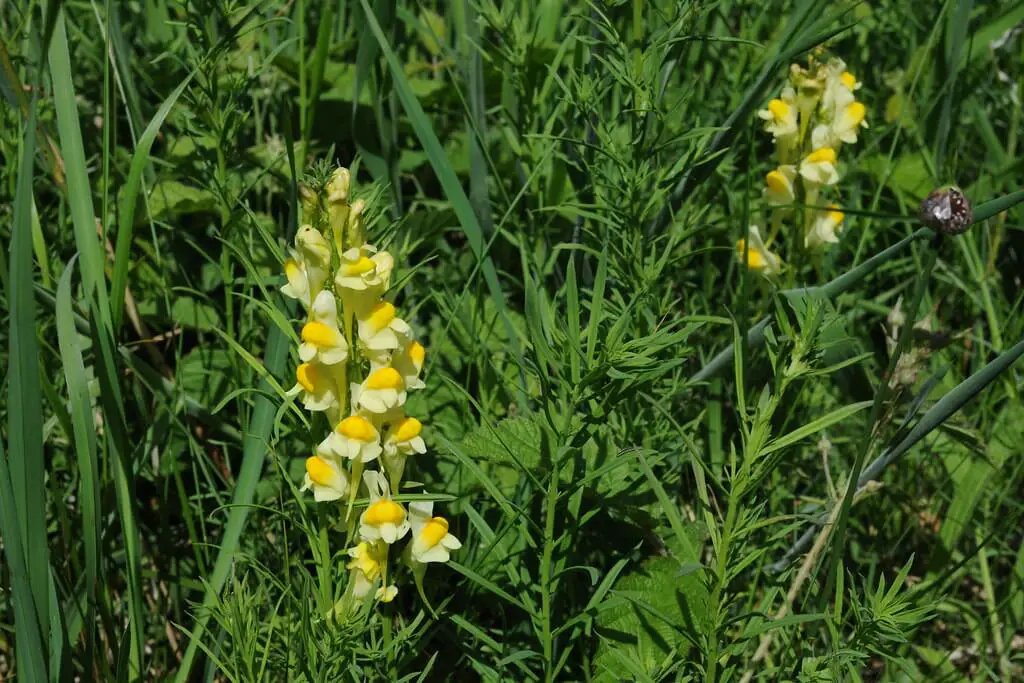
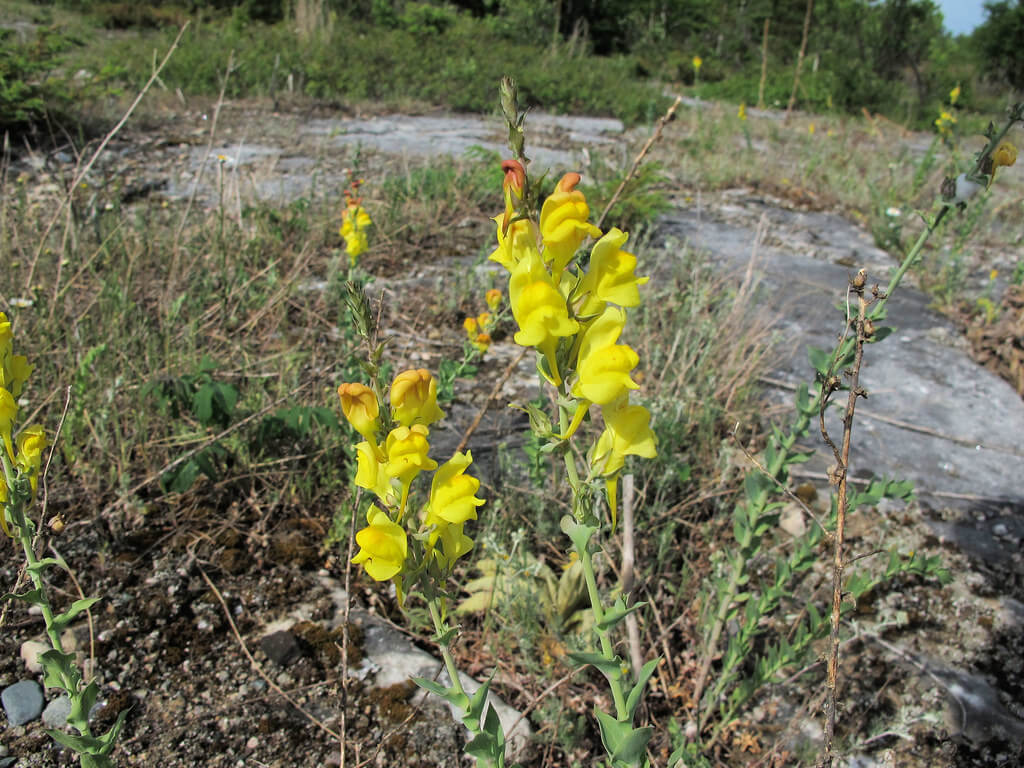
What Parts of the Plant are Edible?
All parts of the plant are edible, from the roots to the leaves to the flowers.
How to Use Toadflax in the Kitchen
Although most of the uses for yellow toadflax seem to be for medicinal purposes, many people also enjoy this edible wildflower for its culinary uses.
Toadflax is entirely edible, and its flowers can be added as a garnish to cocktails or desserts. The leaves also work very well in soups and salads.
Any Other Uses?
- Although most commonly enjoyed as an attractive wildflower either in gardens or out in the wild, toadflax is also sometimes cultivated for use as cut flowers. They are an excellent option for florists as they last a long time in the vase.
- Again, like snapdragon flowers, yellow toadflax is regularly grown in children’s gardens. Children love these “snapping” flowers as they can be made to “talk” by squeezing the base of their corolla.
- Linaria vulgaris can have an unfortunate reputation as a noxious weed and invasive species due to its easy spread and cultivation. But, despite this, it is a popular plant in folk medicine for various health conditions.
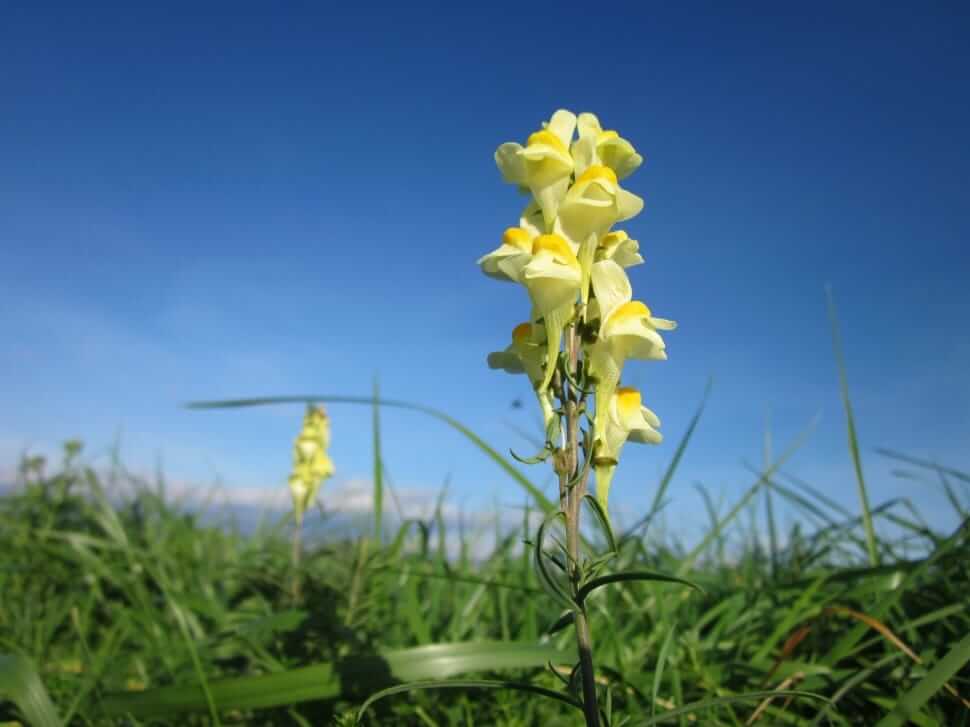
Medicinal uses
Toadflax plants like these can be used to make tea from the leaves. This tea can be a herbal remedy as a:
- Laxative
- Diuretic
- Jaundice
- Fever reducing
- Enteritis with drowsiness
- Piles
- Skin diseases (via a leaf tea or ointment made from the flowers)
- Tea from milk instead of water can be a helpful insecticide
- Reduce swelling
- Water retention
Some people even go as far as to apply yellow toadflax straight to the skin to help treat hemorrhoids, skin rashes, foot ulcers, and wounds.
Getting into the great, wet outdoors in search of edible plants, herbs, fruits and fungi is one of Sarah’s favorite outdoor pursuits. She thinks there’s nothing better than combining her passion for hiking with the start of the foraging season. Sarah’s definitely not afraid of a little rain and dirt, it’s all part of the fun.

